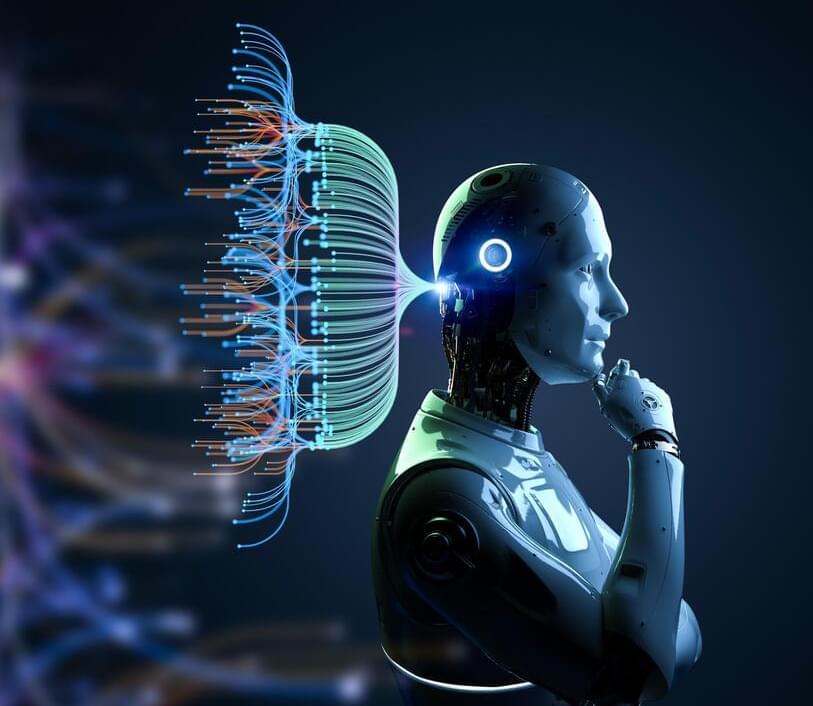ALBERT LEA, Minnesota (WCCO) — Living to 100 may seem like a major feat, but there are communities around the world where it’s common — they’re called “Blue Zones.”
Minnesota native Dan Buettner is one of the foremost experts on how they work. Buettner’s new Netflix documentary and New York Times bestsellers reveal the secret recipe to longevity.









